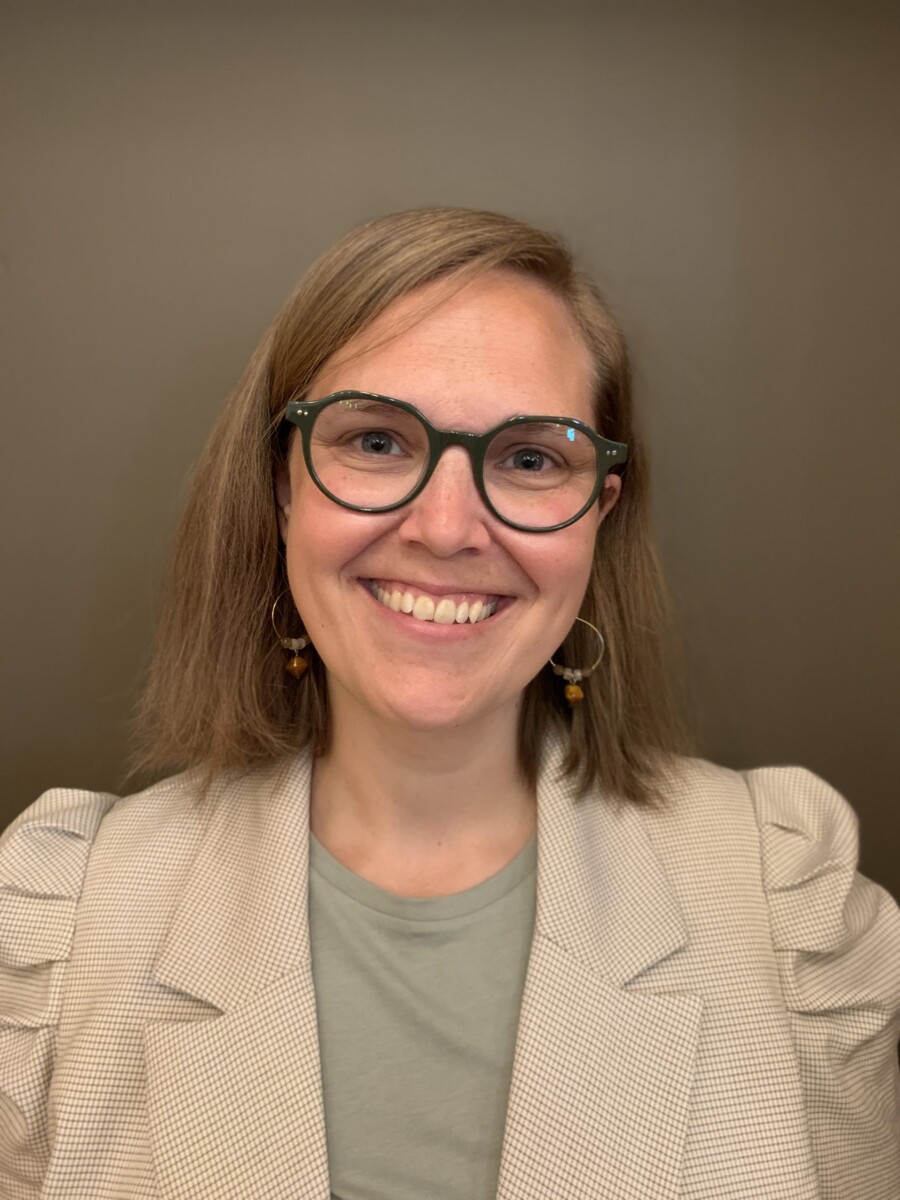About a year ago, I read Gregory of Nyssa’s Life of Moses. In the fourth century text, Gregory provides both a historical account and an allegorical interpretation of what Moses and the Israelites experienced in Exodus. Towards the end of the devotional text, Gregory gives a laundry list of things that God accomplished and enabled Moses to do. Here are some excerpts that continue to catch my soul’s attention about hope:
[Moses] heard the trumpet. He entered the darkness. He slipped into the inner sanctuary of the tabernacle not made with hands. He learned the secrets of the divine priesthood. (2.229)
He shone with glory. And although lifted up through such lofty experiences, he is still unsatisfied in his desire for more. He still thirsts for that with which he constantly filled himself to capacity, and he asks to attain as if he had never partaken, beseeching God to appear to him, not according to his capacity to partake, but according to God’s true being. (2.230)
Such an experience seems to me to belong to the soul which loves what is beautiful. Hope always draws the soul from the beauty which is seen to what is beyond, always kindles the desire for the hidden through what is constantly perceived. (2.231)
And the bold request which goes up the mountains of desire asks this: to enjoy the Beauty not in mirrors and reflections, but face to face. (2.232)
Here we see both darkness and light, secrets and knowledge, Moses’s past actions and practices that continue. Hope is described as drawing the soul from the beauty we see embodied physically to what is “beyond.”
The reward of hope is that, as we move through the journey of reorienting our misplaced hopes, of expressing our hope with physicality and blessing in the world here and now, we begin to know that there is Beauty that nothing can touch but that we can ask to see made manifest: the infinite beauty of the Triune God.
According to Gregory of Nyssa, seeing such beauty face to face is what happens at the end of our road to “perfection” or Christlikeness as we become God’s friend. (2.320) Here is where the movement from past tense verbs to present tense verbs in the excerpt above begins to make sense. Moses “shone with glory” then the rest of the section narrates what he continues to do as he is motivated by desire for hope. As God’s friend, even in death and the afterlife, Moses is depicted as never getting enough of the presence of God, of wanting to spend more time with the one he loves.
On this earth, Moses looks through what he can literally see of God in the here-and-now to get to what is of God “beyond.” This practice of embodying hope kept him not only continuing to enter the presence of God through contemplation, but also spurred him to action by serving God’s people. Moses was a man so devoted to doing the will of God (imperfectly, of course) that he would enter the darkness if he thought his beautiful friend was there.
Because hope is brave and it is bold as it grows and becomes embodied in us. Hope will make us do things we would have never thought possible or believed ourselves capable of. Hope will lead us to make beautiful sacrifices for others as we follow in the footsteps of our Saviour.
I think we’ve done ourselves a disservice by the way we talk about hope. We say things like, “on wing and a prayer” or whisper wishes for “glimpses of hope.” But not Moses. According to Gregory, Moses made a bold request as he went up the mountain: to see hope as real as it could get, right in front of his very own eyes. Of course, what he was asking for was to see God.
One of the lessons for me in all of this is that we must be willing to tell the truth about our “darknesses” and enter into them in order to see God through them. We have to be brave enough to take the risk of opening our eyes in spaces that scare us and seem void of hope, stubbornly looking for the beautiful if we want to see our hope become real. We may even have to become the beautiful, shining with the glory of God in dark places.
I’m reminded of the hopefulness that filled Jesus’s prayer for us to be in God, and that the world might know how much God loves us (John 17). He literally became that beautiful message, a beacon of hope, shining in the darkness. The one who is our hope is full of hope for us. I find that very beautiful indeed.
Photo: the region of Sinai where Moses pursued God, taken by the author.

